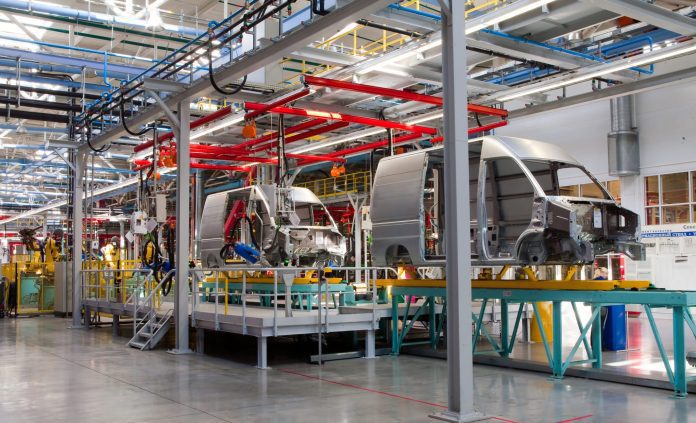Learn from MESA International how the industry is addressing the move to smart manufacturing
As the industrial internet of things continues to take shape, there is tremendous interest in reinventing factory floors and supply chains to a smart manufacturing model. Using the IIoT, manufacturers can reduce downtime, increase output, save on labor costs and otherwise increase business value. But it’s not an easy process.
Mike Yost, president of the nonprofit Manufacturing Enterprise Solutions Association (MESA) International, and Conrad Leiva, chairman of MESA International’s Smart Manufacturing Working Group, shared their perspective on opportunities for digitalization and the IIoT in the manufacturing sector during a recent interview with Enterprise IoT Insights.
Yost explained the organization’s goal: “Our charter is to help manufacturers figure out how and why to use modern information technologies in their manufacturing operations. For a long time we were really the only ones around focused on the space. Now with the push toward smart manufacturing and the internet of things and Industry 4.0…people are digging in much more deeply. What’s most important to us is value for the manufacturers–how do we solve problems?”
Based on his interactions with member companies, as well as his professional experience with Rockwell Automation and GE, Yost said there’s no one-size-fits-all solution. “Everybody does it their own way and that’s a challenge. I think the biggest learning that we’ve had over the past couple of years has been not to chase technology but focus on the problems you’re trying to solve. How are you trying to innovate? How are you trying to beat or outflank your competitors? Then figure out what tech stack you need.”
Yost said, in the past, manufacturers have taken something of a piecemeal approach, buying standalone systems and trying to integrate those with legacy assets. “You’re left with a lot of gaps that end up getting filled with custom code or a bunch of different solutions plugged together. We’ve had a really disjointed, fragmented approach over the years. It doesn’t have to be that type of approach any longer.”
Beyond the technological aspect of smart manufacturing, Yost and Leiva both commented on the need for an educated workforce that’s prepared to buy and use these solutions.
“This is a journey and an evolution,” Leiva said. “There are skills that people need jumping into it midway versus the skills that you’re going to need at the end of the journey. And are you one of the people that are needed to put this infrastructure in place, to set up and configure all the equipment in the plants, or are you going to be the one that’s running the equipment and maintaining the equipment?” He noted the industry is “dying for these things to get connected quickly,” but predicted a long process.
Yost recounted a conversation with a smart manufacturing group at UCLA. “I kept pounding my fist on the table and saying, ‘If we could have a technology stack tomorrow, you still don’t have a marketplace that’s ready to use it. They don’t know how to buy it, they don’t know how to deploy it, they don’t know how to use it.’ That’s a big issue we have on preparedness.”
While developing particular use cases, Leiva emphasized the importance of focusing on creating ecosystems, value chains and the big picture. “This is more than just some new technology you can implement in your plant,” he said. “You’re either going to connect to these ecosystems and value chains or you’re not. You’re whole business could be at stake. You can look at the use cases–capture data from this machine, do analytics on it and we improve its efficiency. There’s a lot of these use cases that seems to be central to one machine, and I don’t mean to diminish that, but I think our emphasis is the bigger picture…from getting all the suppliers in line and delivering value to the end customer. Let’s put it in the context of bigger business transformation. I think our members and people that sit in our our strategy sessions and our focus groups like the tone of that conversation. They see a bigger picture and they’re really looking forward to figuring out how all these technologies can get used or not into a bigger value proposition, improvement in the value chain, transformational value.”

